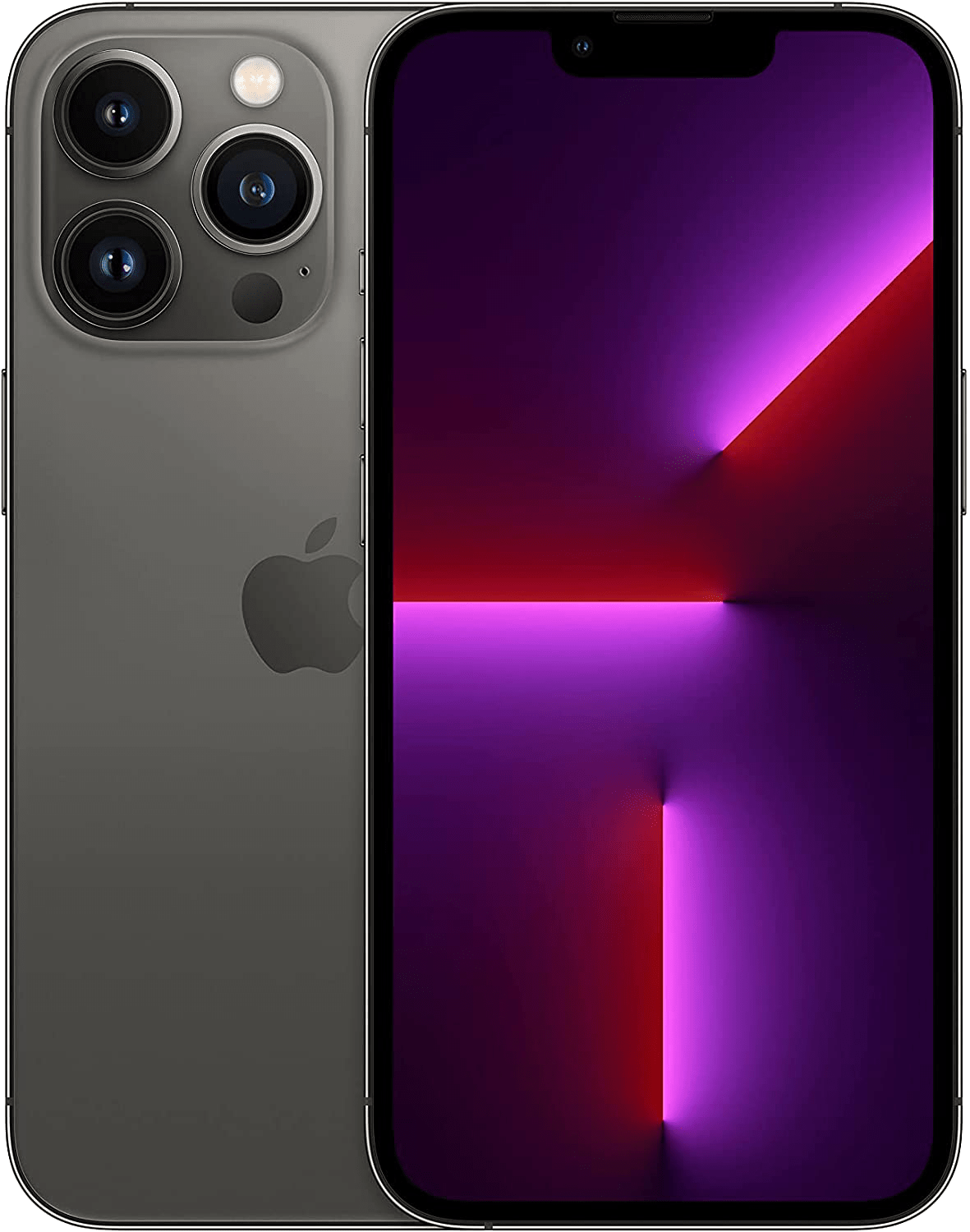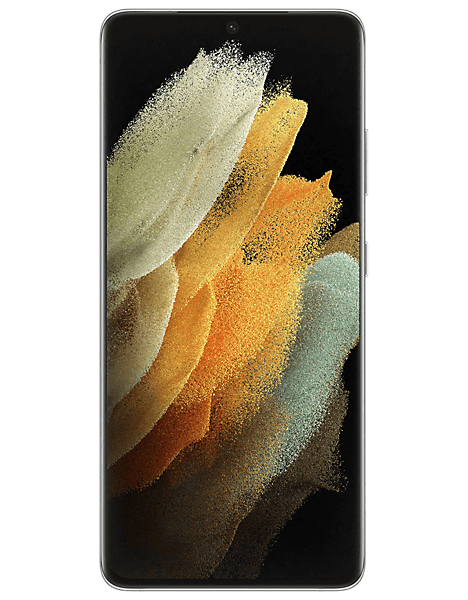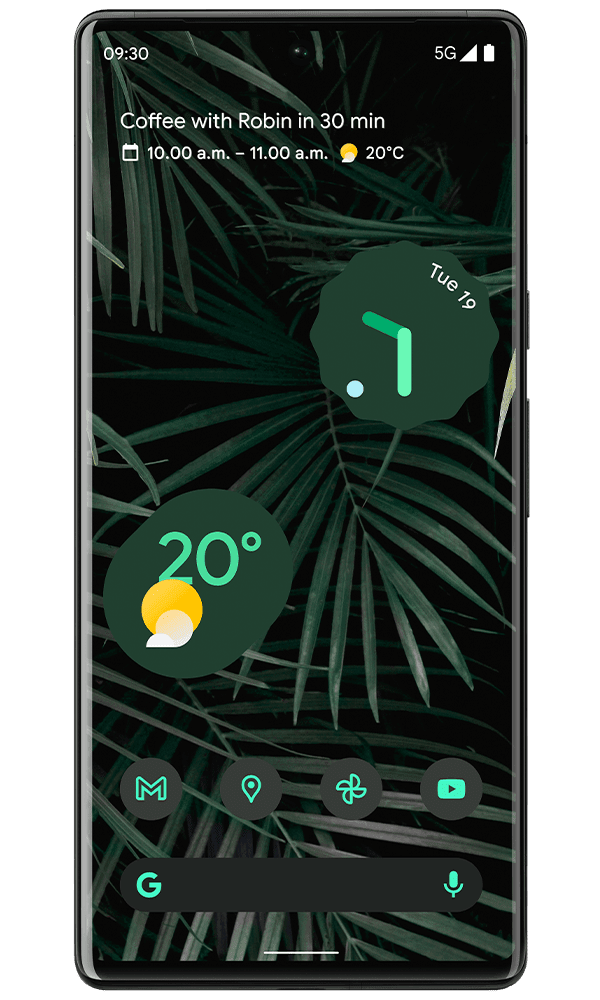
Ask a photographer what the best camera is and they’ll say it’s the one you’ve got with you. We all carry smartphones everywhere, so it’s great that the latest ones are packing exceptional cameras. Bristling with lenses and enhanced by punchy image processing, today’s best phones deliver incredible photo and video quality, but which should you buy? Find out in our guide to the best camera phones.
A brief guide to camera features
If you’re choosing a phone for its camera, it pays to understand some of the features that make it brilliant. Before we get stuck into the best phones, we’ve pulled out some of the key terms that you’ll see mentioned in reviews and spec tables. What do they mean, and why do they matter?
Front/rear camera
Often called the selfie camera, the front camera is the one facing you from the screen. It’s usually more basic than the rear or main camera, which is the one designed for optimum photography. Some flip phones have a single camera, serving both roles depending whether the phone’s open or closed.
Sensor
The sensor is the chip that detects light focused by the lens. Physically bigger sensors collect more light, which makes them better in dark conditions. Manufacturers sometimes mention pixel size in micrometres (µm). Again, bigger is better – at least in theory.
Resolution
You’ll see phone cameras ranging from about two megapixels (2MP), up to more than 100MP. This is the number of individual points in the image they produce, so a high number can mean more detail. It can also mean more noise, though – you won’t necessarily get a better picture from a high resolution phone.
Just to complicate things, many phone makers shrink the end image so that it’s a lower resolution than the sensor itself – 12MP is the typical output size for a 48MP camera. This ‘pixel binning’ technique reduces noise, and can improve detail compared to a photo actually taken with a 12MP sensor, but it’s not guaranteed.
Aperture
This number refers to how wide the lens’ iris can open to let light in. A smaller number means a bigger hole, which can be better when taking photos in low light. For example, an ƒ/1.5 lens opens up wider than an ƒ/2.4 lens.
Number of lenses/cameras
Older and budget phones might have a single lens on their front and rear cameras, but most modern phones have at least a dual-camera setup at the rear. Some have up to four, each with its own lens and sensor. The main point of multiple cameras is to provide a choice of lens angle, giving you more creative control over how you fill the frame.
Wide, ultra-wide, telephoto
These terms describe how wide an angle the camera can ‘see’, and how much of the scene fits into the shot. Ultra-wide lenses fit in the most, so they’re great for big group shots and indoor photography. Telephoto lenses fit in the least, so they’re great for capturing more detail from distant objects. Wide angle lenses are the default – they offer a compromise between the two.
Zoom
Zoom refers to the difference between the widest wide shot, and the closest telephoto shot. If a camera has a 2X zoom, the telephoto lens makes objects look twice as big as the wide lens. Many phones add digital zoom, which helps you zoom in further at the cost of image quality.
Image stabilisation
This keeps the image steady when the phone isn’t. Many phones use optical image stabilisation, where the lens or sensor moves to counteract shake. Other phones do it digitally, which is effective, but you get a slightly lower resolution image or video when it’s enabled.
8K, 4K, 1,080p and 720p
These refer to the maximum resolution of the video you shoot, with 720p the lowest, and 8K the highest. A 4K (QHD) video has about four times the detail of 1,080p (HD) – but you’ll need a 4K display to benefit from it. An 8K video contains about four times as much detail again, but few phones can shoot it – and none can display it at full resolution.
Frames per second (fps)
This is simply how many images per second a video contains. The higher the number, the more fluid the action will look when you watch it back. Movies are usually shot at 24fps, and in the UK, TV programmes are shown at 25fps. Smartphones often shoot 30fps by default, but many support 60fps. If there’s a slow-motion (slo-mo) mode, the phone may shoot up to 480fps. If this is played back at 30fps, the effect is to make the action 16 times slower.
While all these features are important, smartphones increasingly lean on image processing power to improve photos, and provide extra features like night mode. This trend towards digital enhancement is known as computational photography. The best camera phones have well-specified cameras, and great image processing.
So what’s the best camera phone for you? Check out our top five phones below, or browse the best camera phone deals on Mozillion.
Apple iPhone 13 Pro
Price £949 (from Apple) get great iPhone 13 Pro deals on Mozillion
Mozillion rating
What’s great about the camera?Excellent specs, features and results
Look at the headline figures and the iPhone 13 Pro camera doesn’t look super special. It’s a triple-camera setup, but it offers only 12MP sensors. Look beyond and this is one of the best specified cameras out there. Its sensors are massive, and they’re partnered with comparatively wide apertures, meaning that this camera can hoover up huge amounts of light in the darkest conditions. The wide camera in particular is the best low-light camera we’ve used.
Uniquely to the iPhone 13 range, all the rear cameras get sensor-shift stabilisation, where the sensor moves to counteract shake. In another first for an iPhone, the ultra-wide camera can focus on objects as near as 2cm away. It’ll automatically switch to macro mode when the subject is close enough. Talking of focus, the rear LiDAR sensor powers fast and accurate focus, even in very low light conditions.
Like other recent iPhones, much of the excitement comes from what happens after the image is taken. The phone’s huge processing power is behind features like Night Mode, which can resolve a photo in conditions where you can barely see your own hands. The iPhone 13 range also gets Photographic Styles, which helps you tune the warmth and contrast of the photos you take. You can also save photos in Apple ProRAW, which preserves all their detail for later editing.
The iPhone 13 Pro is also a great movie making platform. All of its cameras support 4k recording at up to 60fps, and the new Cinematic mode, where a narrow depth of field is used to create dramatic, tightly-focused shots. This phone can also save movies in ProRes – a professional format that preserves more information from the scene. At the maximum 4K resolution this uses up a huge amount of storage – that’s why it’s limited to 1,080p on the 128GB iPhone 13 Pro.
Of course, all of these features would mean nothing if the end results weren’t exceptional, but they truly are. This is the best camera system you can get on a mobile phone. While it might not offer the most powerful zooms or the highest resolution, it delivers unrivalled image quality across the board. If you want the best smartphone camera, get the iPhone 13 Pro or iPhone 13 Pro Max – just remember to shell out for 256GB or above if you’ll be shooting 4K films in ProRes.

Samsung Galaxy S21 Ultra 5G
Price £1,049 (from Samsung) – buy a Galaxy S21 Ultra 5G for less on Mozillion
Mozillion rating
What’s great about the camera?8k video, 108MP photos, and a 40MP selfie camera

The Galaxy S21 Ultra 5G has some of the most attention-grabbing camera specs out there. At the rear its quad-camera setup covers ultra-wide, wide and 3x telephoto angles, and if that wasn’t enough, there’s a 10x periscope telephoto with 100x digital zoom. While the telephoto cameras have 10MP sensors and the ultra-wide gets 12MP, the main wide-angle camera gets a huge 108MP chip, measuring about 1.9cm across. Even the selfie camera has 40MP.
Fortunately, this phone isn’t just about high specs. While you can shoot 108MP photos if you really want to, the phone is set up by default to output 12MP shots with supremely impressive dynamic range – basically the ability to capture all the shade, light and colour detail you could want. Start zooming in and it’s hard not to be astonished by the tiny, distant objects you can expand to fill the screen – even in night scenes.
This is one of very few phones that’ll shoot 8K video – although with 8K displays still rare, the chances are you won’t get to watch it in that resolution. While it can’t top the iPhone 13 Pro for outright image or video quality, it’s not too far off – and its astonishing zoom is unrivalled.
Google Pixel 6 Pro
Price £849 (from Google)- get Pixel 6 Pro deals on Mozillion
Mozillion rating
What’s great about the camera? It’s all about image processing
Google’s Pixel phones have a track record of strong cameras, but the Pixel 6 Pro moves things on. Its camera’s physical specifications are a big step up from the Pixel 5, although they’re still not the outright best. The triple system at the back comprises a 12MP ultra-wide lens, 48MP 4x telephoto lens, and a 50MP wide lens sitting over a huge 1.9cm sensor. At the front there’s a rather more ordinary 11.1MP selfie camera.
But this phone’s true strength lies in what happens after you press the shutter button. Google is a leader in computational photography, and the Tensor chip in the Pixel 6 and Pixel 6 Pro was designed to power image optimisations and new AI-driven features. These include the much-touted Magic Eraser, which can identify and touch out unwanted features in an image. There are various other modes to enhance portraits, or enhance movement shots by blurring the background.
The results are generally excellent. While the Pixel 6 Pro can’t quite top the iPhone 13 Pro or Samsung Galaxy S21 Ultra 5G for outright point and click quality, it’s not at all far off. Shots are detailed, with the camera preserving plenty of texture from deep shadows. Its night mode performance is excellent, if not quite a match for the iPhone’s magic.
After much criticism of phone cameras that can’t handle different skin tones, Google pitches the Pixel 6 cameras as its most inclusive. The Pixel 6 Pro does seem to be among the best at accurately capturing people of colour – testers typically find it reproduces skin tones accurately without washing them out. Magic Eraser isn’t perfect, struggling to leave no trace in more complex shots, but it’s great at getting rid of unwanted features over more straightforward backgrounds – like a passerby intruding on a beach seascape.
Overall this camera can’t match the iPhone 13 Pro for true image quality or stunning video. The Galaxy S21 Ultra 5G has it beaten for zoom, too. Despite that, it’s a great all-rounder. If you want a slightly more affordable phone with leading camera performance, this is a cracking choice.
Read enough? Check out the cheap camera phone deals on Mozillion!

OnePlus 9 Pro
Price £829 (from OnePlus) – get OnePlus phone deals on Mozillion
Mozillion rating
What’s great about the camera?Co-developed with Hasselblad

The OnePlus 9 Pro is undoubtedly the best OnePlus phone yet, and its brilliant camera is a large part of the reason. It’s co-developed with Hasselblad – one of photography’s most prestigious names – with a particular focus on achieving true-to-life colour reproduction.
The specs aren’t too shabby. Its 48MP main camera combines an ƒ/1.8 wide lens with a 1.8cm sensor, helping it deliver great low-light shots. The 8MP telephoto camera offers a useful 3.3x optical zoom. Unusually, there’s also a 2MP camera dedicated only to black and white images.
This phone’s ultra-wide camera is possibly the high point. For a start it has an unusually high 50MP resolution, coupled with a special ‘freeform’ lens with a complex seven-element design. The aim is to reduce barrel distortion – the strange tendency for objects at the edge of wide angle shots to appear much too large – and it’s very successful: this is a great phone if you take a lot of landscapes or big group shots.
OnePlus hasn’t overlooked video performance, either. The phone will shoot 8K footage at 30fps. It’ll also record 4K at up to 60fps – or 120fps in slo-mo mode. There’s even super slo-mo, supporting 720p resolution movies at up to a crazy 480fps – play them back at 30fps and they’re 16x slower than real life!
This is a top-flight camera in a leading phone. It can’t match the iPhone 13 Pro for sheer point and click brilliance, but if you often shoot ultra-wide angle shots, it’s just about the best there is.
iPhone 13 mini
Price £679 (from Apple) – get iPhone 13 mini deals on Mozillion
Mozillion rating
What’s great about the camera? A strong camera that’s easy to carry around
If the best camera is the one you have with you, it pays to get one that’s easy to carry around. The iPhone 13 mini is the smallest high-end smartphone, and the most practical way to ensure you never miss a picture.
Happily it’s more than up to the job. The iPhone 13 mini has exactly the same camera system as the full-sized iPhone 13. OK, so it’s not as good as the superlative iPhone 13 Pro, but it’s still a well specified system. Its 12MP wide camera has a gaping ƒ/1.6 aperture lens, coupled with a 1.3cm sensor – it can gather almost half as much light again as the iPhone 12 camera. There are also upgrades to the 12MP ultra-wide camera, while selfie duties are covered by a third, front-facing 12MP unit.
Although the iPhone 13 mini gives a lot away to the iPhone 13 Pro’s camera hardware, it benefits from the same image processing enhancements and most of the same features. While you can’t shoot photos in AppleRAW or videos in ProRES, you get to play with Portrait Mode, and shoot compelling movies in Cinematic mode.
Perhaps most importantly, the iPhone 13 mini gets Apple’s incredible Night mode. It can just about form an image in rooms so dark you can barely see, and it will nail detailed, low-noise photos when you’re anywhere brighter.
The iPhone 13 Pro is supreme if you prize outright image quality, along with features like macro and zoom photography. But if you want a smaller, lighter camera phone that’s good enough for almost any spur-of-the-moment image, the iPhone 13 mini is perfectly focused.

